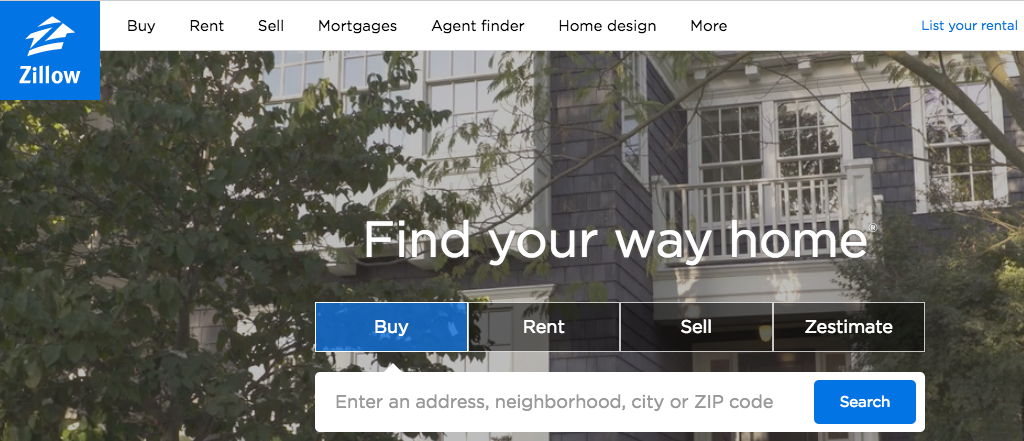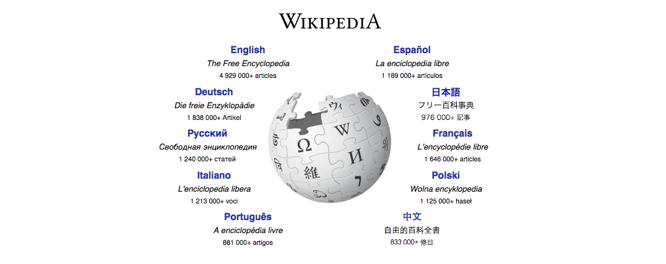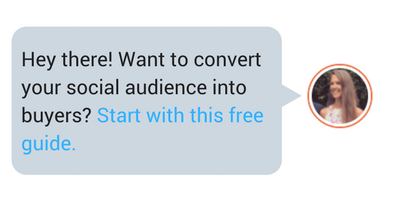How Marketing and Online Gambling Has Evolved
Advertising for gambling has changed over the decades. The advent of the Internet has driven many changes in how gaming companies advertise, just as online search engines changed the news and entertainment businesses. Since players have more ways to gamble than ever before, online and offline operators have had to devise new ways to promote their brand.
The best casino operators constant revise how they advertise. Though old methods sometimes are best, the idea in a competitive environment is to build marketing strategies that advertise one’s brand in a variety of ways. Casino marketers who don’t evolve lose their edge over time.
Offline vs Online Gambling Advertisements
Offline gambling companies still use many of the traditional marketing techniques. If you drive on an interstate anywhere near a brick-and-mortar casino in the United States, you’ll see dozens of billboards advertising the local casinos and racetracks.
Land-based casinos market to potential customers directly by signing up players to slots clubs and casino clubs, then sending snail mail and email ads to them for their latest promotions. US gambling laws prevent casino companies from sponsoring sports franchises the way British bookmakers place their ads on English Premier League and La Liga jerseys and stadiums. American sports broadcasts do not have ads for casinos, sportsbooks, or poker sites.
Online Gambling Site Ads
Online gambling sites advertise in a variety of ways not available to land casinos. In certain instances, online casinos can buy advertisement like any other business, but not all online marketing channels are open to operators. Instead, they can build an online presence through Facebook pages, Twitter accounts, and YouTube channels.
Social media is a powerful tool to market a gambling sites, though within certain limitations and not always with directs advertisements. Promotional deals with famous poker players, gaming experts, and gambling shows is a still an effective method of getting public attention for one’s brand. Look at any WSOP broadcast to see all the online poker brands being advertised.
Why Internet Marketing Channels Don’t Like Online Gambling
Not every channel is open to online casinos, cardrooms, and sportsbooks. For instance, Google Adwords do not accept gambling operators, so you won’t see Google Adsense ads served on websites. Facebook allows gambling ads, but with numerous stipulations and with prior written permission. An operator has to assure their ads will not be seen by people under the age of 18, cannot promote gambling as a potential revenue source, and can’t post “currency symbols” without the dollar signs being part of a price.
The Global Marketing Alliance found in a 2017 study of 111 online betting sites that Facebook ads were not the best way to market a betting site. Over a three-month study of advertisement activity from December 2015 to March 2016, GMA found the engagement rate was low and getting lower. The GMA’s main reason: the average Facebook user does not want to advertise their gaming activities to friends and family. Another takeaway was that gaming operators don’t know how to engage with social media users.
Other online marketing channels ban gambling advertisements outright. Faced with such restrictions, online gambling sites have brainstormed an endless variety of guerilla marketing tactics. One of the oldest and most successful is affiliate marketing.
How Affiliate Marketing Has Boosted Online Casinos
The Global Marketing Alliance’s study revealed “engagement rate” is an important element of success, with the key word in the phrase being “engagement”. Engagement is whether a visitor can interact with your advertisement page and “take action”. The concept explains the immense success of the best marketing tool online casinos have: the affiliate marketer.
Throughout their history, the best advertisement engine for online casinos has been their affiliate marketing program. Affiliate marketers are third-party advertisers who receive a commission or a percentage for online casino signups. The online gaming site has no role in the way their product is promoted, except giving affiliates access to banner ads, corporate logos, and affiliate signup codes. Sometimes a high-volume affiliate marketer might negotiate a special promotional code for their signups, but it is for the top-end promoters of a gaming website.
Most are not so illustrious. Affiliate marketing includes thousands of different third-party website owners who tout websites, sometimes with helpful information and sometimes not. The best affiliate marketers give reliable, up-to-date reviews of online casinos, their latest promotions, and the games they offer.
How Marketing Has Affected the Casino Business
In a way, lack of access to traditional online and offline marketing techniques has required gaming sites to become more resourceful. By building affiliate marketing networks, online casinos, sportsbooks, and poker site operators have become more self-sufficient and less reliable on search engines for their success. Affiliate marketers are a kind of free advertisement, but one the best online casinos take great care to nurture and maintain.
Online gaming sites’ marketing managers say another factor is a key to success: customer relationship management (CRM). Some marketing managers cross-promote their different brands with dynamic email ads campaigns. Others lean on their call center to upsell existing customers, offering someone who plans to deposit $50 an enticing $100 deposit bonus if they deposit $100 instead.
For premium players and whales, the marketing team practice one-of-a-kind CRM techniques — like flying the $100,000-a-year customer who likes Prada products to a Prada store. The key for these online marketing executives, whether it’s with their customer base or their top affiliates, is learning what they want and then finding a way to give them what they want.
How Offline and Online Casinos Are Similar
Offline and online casinos have certain similarities. Land-based casinos offer comps, cashback, and casino credit to lure both VIP high rollers and mass market players to their doors. Online casinos use versions of the same marketing tactics, including deposit bonuses, reload bonuses, and player rewards to convince players to sign up and make a deposit. Even today, online gaming operators take basic marketing ploys directly from the traditional slots club.
Conversely, a few brick-and-mortar casinos have taken a page from online casinos. Land-based operators have launched free-play online casinos and social gaming sites to promote their brand on the Internet, while also building a player database of potential customers. Though real money online gambling is illegal in Connecticut, Mohegan Sun and Foxwoods Casino launched free-to-play casino sites to build brand recognition online. There are plenty of other safe and reputable online casinos that US players can try their luck at as well. Gambling regulations constantly change, and thanks to New Jersey becoming the first state to legalize online gambling, others are sure to follow suit!
The post appeared first on TheMarketingblog.
from TheMarketingblog http://www.themarketingblog.co.uk/2018/08/116960/






























